5 min read
Preparations for Next Moonwalk Simulations Underway (and Underwater) 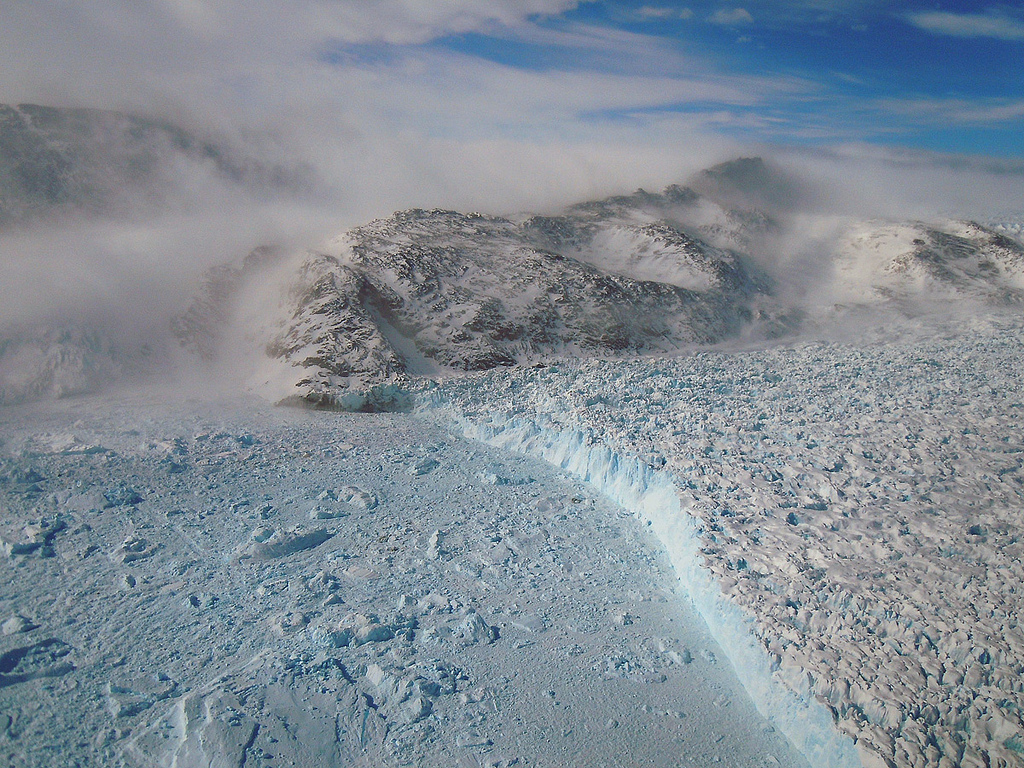 Earth’s polar regions radiates much of the heat initially absorbed at the tropics out to space, mostly in the form of far-infrared radiation. Clouds in the Arctic — like these seen over a Greenland glacier — and Antarctic can trap far-infrared radiation on Earth, increasing global temperatures.NASA/GSFC/Michael Studinger Information from the PREFIRE mission will illuminate how clouds and water vapor in the Arctic and Antarctic influence the amount of heat the poles radiate into space.
Earth’s polar regions radiates much of the heat initially absorbed at the tropics out to space, mostly in the form of far-infrared radiation. Clouds in the Arctic — like these seen over a Greenland glacier — and Antarctic can trap far-infrared radiation on Earth, increasing global temperatures.NASA/GSFC/Michael Studinger Information from the PREFIRE mission will illuminate how clouds and water vapor in the Arctic and Antarctic influence the amount of heat the poles radiate into space.
A pair of new shoebox-size NASA satellites will help unravel an atmospheric mystery that’s bedeviled scientists for years: how the behavior of clouds and water vapor at Earth’s polar regions affects our planet’s climate.
The first CubeSat in NASA’s Polar Radiant Energy in the Far-InfraRed Experiment (PREFIRE) mission launched from New Zealand on Saturday, May 25. The second PREFIRE CubeSat is targeted to lift off on Saturday, June 1, with a launch window opening at 3 p.m. NZST (11 p.m. EDT, Friday, May 31).
The mission will measure the amount of heat Earth emits into space from the two coldest, most remote regions on the planet. Data from PREFIRE will improve computer models that researchers use to predict how Earth’s ice, seas, and weather will change in a warming world.
This video gives an overview of the PREFIRE mission, which aims to improve global climate change predictions by expanding scientists’ understanding of heat radiated from Earth at the polar regions. NASA/JPL-Caltech Earth absorbs a lot of the Sun’s energy in the tropics, and weather and ocean currents transport that heat toward the poles (which receive much less sunlight). Ice, snow, and clouds, among other parts of the polar environment, emit some of that heat into space, much of it in the form of far-infrared radiation. The difference between the amount of heat Earth absorbs at the tropics and that radiated out from the Arctic and Antarctic is a key influence on the planet’s temperature, helping to drive dynamic systems of climate and weather.
But far-infrared emissions at the poles have never been systematically measured. This is where PREFIRE comes in. The mission will help researchers gain a clearer understanding of when and where Earth’s polar regions emit far-infrared radiation to space, as well as how atmospheric water vapor and clouds influence the amount that escapes.
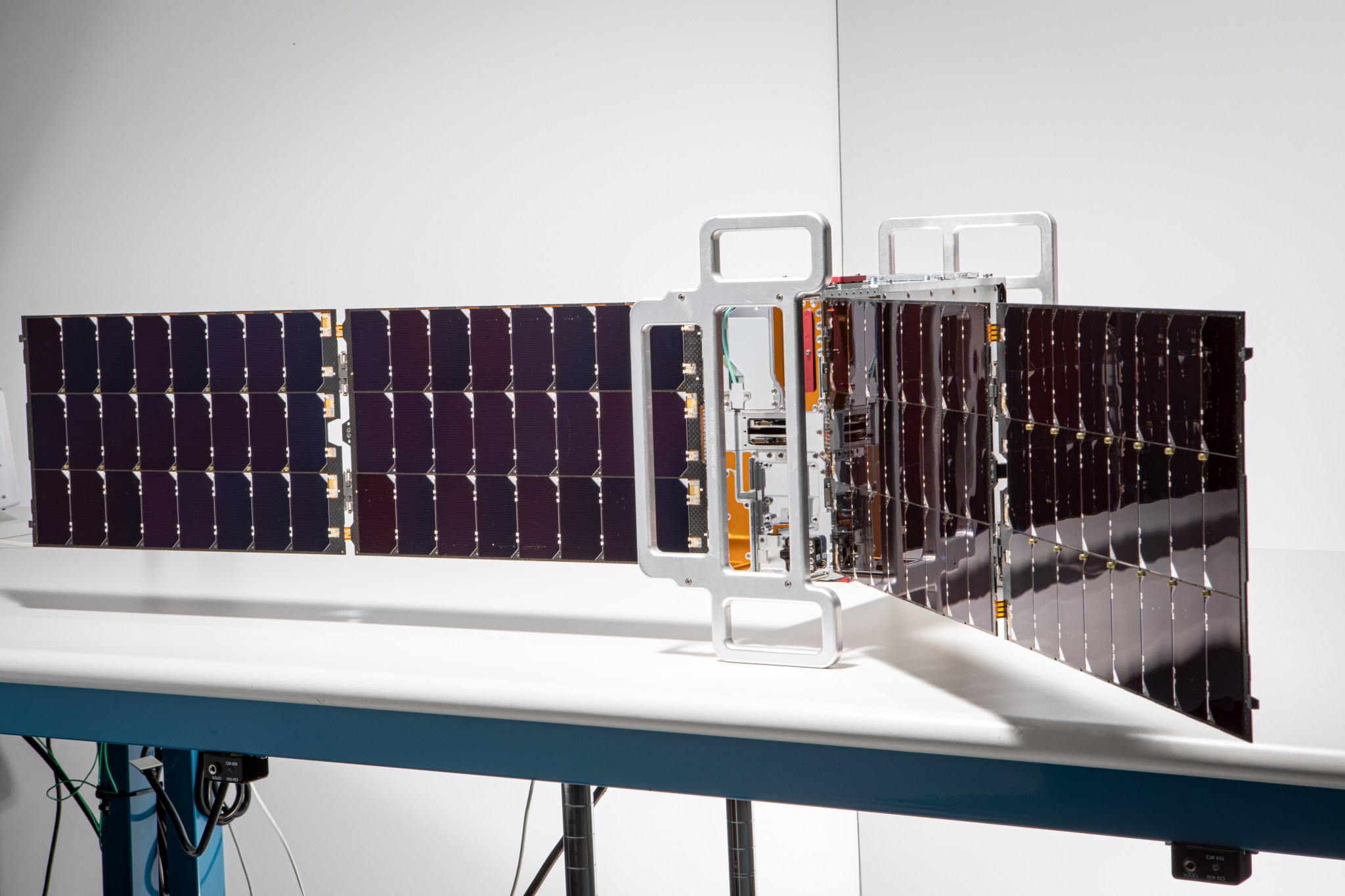 One of the two shoebox-size CubeSats that make up NASA’s PREFIRE mission sits on a table at Blue Canyon Technologies. The company built the satellite bus and integrated the JPL-provided thermal infrared spectrometer instrument.NASA/JPL-Caltech Clouds and water vapor can trap far-infrared radiation on Earth, thereby increasing global temperatures — part of the greenhouse effect.
One of the two shoebox-size CubeSats that make up NASA’s PREFIRE mission sits on a table at Blue Canyon Technologies. The company built the satellite bus and integrated the JPL-provided thermal infrared spectrometer instrument.NASA/JPL-Caltech Clouds and water vapor can trap far-infrared radiation on Earth, thereby increasing global temperatures — part of the greenhouse effect.
“It’s critical that we get the effects of clouds right if we want to accurately model Earth’s climate,” said Tristan L’Ecuyer, a professor at the University of Wisconsin-Madison and PREFIRE’s principal investigator.
Clouds in Climate Modeling Clouds and water vapor at Earth’s poles act like windows on a summer day: A clear, relatively dry day in the Arctic is like opening a window to let heat out of a stuffy room. A cloudy, relatively humid day traps heat like a closed window.
The types of clouds — and the altitude at which they form — influence how much heat the polar atmosphere retains. Like a tinted window, low-altitude clouds, composed mainly of water droplets, tend to have a cooling effect. High-altitude clouds, made mainly of ice particles, more readily absorb heat, generating a warming effect. Because clouds at mid-altitudes can have varying water-droplet and ice-particle contents, they can have either a warming or cooling effect.
But clouds are notoriously difficult to study: They’re made up of microscopic particles that can move and change in a matter of seconds to hours. When it rains or snows, there’s a great reshuffling of water and energy that can alter the character of clouds entirely. These ever-changing factors complicate the task of realistically capturing cloud behavior in climate models, which try to project global climate scenarios.
Inconsistencies in how various climate models represent clouds can mean the difference between predicting 5 or 10 degrees Fahrenheit (3 or 6 degrees Celsius) of warming. The PREFIRE mission aims to reduce that uncertainty.
The thermal infrared spectrometer on each spacecraft will make crucial measurements of wavelengths of light in the far-infrared range. The instruments will be able to detect clouds largely invisible to other types of optical instruments. And PREFIRE’s instruments will be sensitive enough to detect the approximate size of particles to distinguish between liquid droplets and ice particles.
“PREFIRE will give us a new set of eyes on clouds,” said Brian Kahn, an atmospheric scientist at NASA’s Jet Propulsion Laboratory and a member of the PREFIRE science team. “We’re not quite sure what we’re going to see, and that’s really exciting.”
More About the Mission PREFIRE was jointly developed by NASA and the University of Wisconsin-Madison. A division of Caltech in Pasadena, California, JPL manages the mission for NASA’s Science Mission Directorate and provided the spectrometers. Blue Canyon Technologies built the CubeSats, and the University of Wisconsin-Madison will process and analyze the data the instruments collect.
NASA’s Launch Services Program selected Rocket Lab to launch both spacecraft as part of the agency’s Venture-class Acquisition of Dedicated and Rideshare (VADR) contract. CubeSats like PREFIRE serve as an ideal platform for technical and architecture innovation, contributing to NASA’s science research and technology development.
To learn more about PREFIRE, visit:
https://science.nasa.gov/mission/prefire/
5 Things to Know About NASA’s Tiny Twin Polar Satellites Get the PREFIRE fact sheet Meet NASA’s Twin Spacecraft Headed to the Ends of the Earth News Media Contacts Jane J. Lee / Andrew Wang
Jet Propulsion Laboratory, Pasadena, Calif.
818-354-0307 / 626-379-6874
jane.j.lee@jpl.nasa.gov / andrew.wang@jpl.nasa.gov
2024-076
Keep Exploring Discover Related Topics Missions


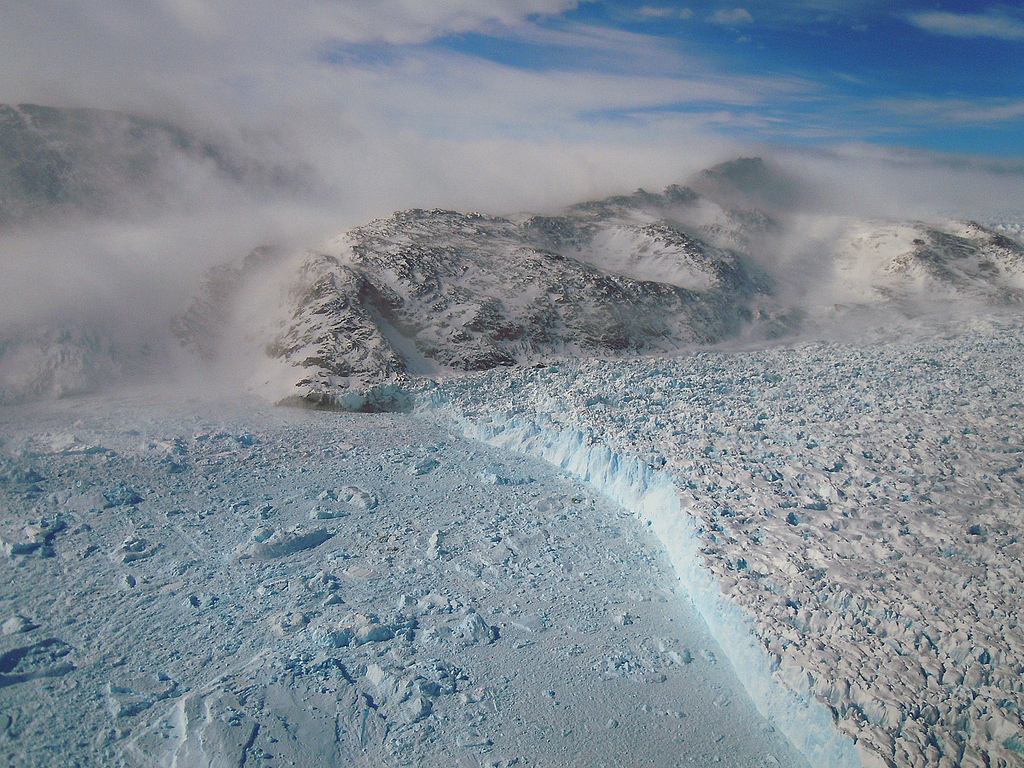
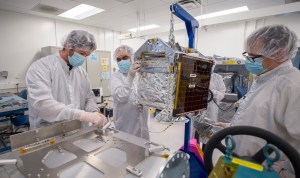 6 min read NASA to Measure Moonquakes With Help From InSight Mars Mission Article 1 day ago
6 min read NASA to Measure Moonquakes With Help From InSight Mars Mission Article 1 day ago  6 min read Ongoing Venus Volcanic Activity Discovered With NASA’s Magellan Data Article 3 days ago
6 min read Ongoing Venus Volcanic Activity Discovered With NASA’s Magellan Data Article 3 days ago 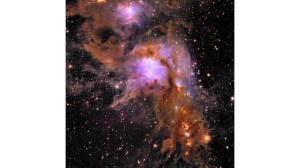 6 min read New Images From Euclid Mission Reveal Wide View of the Dark Universe Article 1 week ago
6 min read New Images From Euclid Mission Reveal Wide View of the Dark Universe Article 1 week ago 


